A report from imploring scientists who study nuclear fusion has recently come out—they might just know how the United States could ensure that the country stays the global leader in nuclear fusion energy.
A team of 24 physicists from the most dominant research institutes in the US has released a paper recommending the construction of a “flexible” stellarator facility in the United States. They argue that this step is crucial for maintaining American leadership in nuclear fusion technology. Additionally, it could pave the way for the development of a future fusion power plant.
No Place to Test Theories
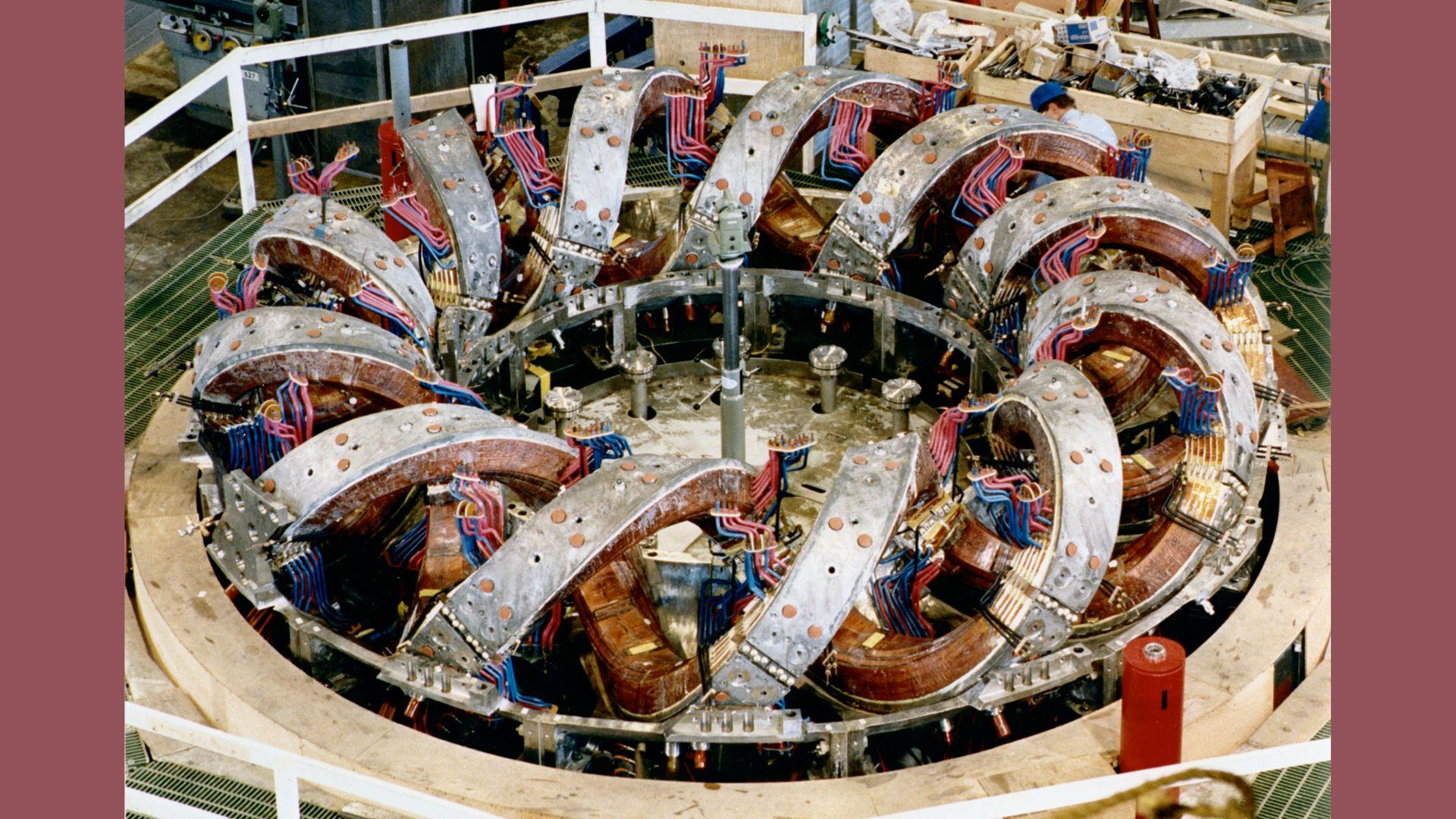
Currently, there is no facility in the United States—either planned or operational—where researchers can test theories and concepts related to nuclear fusion pilot plants.
In the paper, they put forward, “For this reason, we propose a new, flexible mid-scale stellarator user facility for confinement and divertor studies that will validate these theoretical advances and deliver the physics basis needed by the fusion industry.”
Two Devices
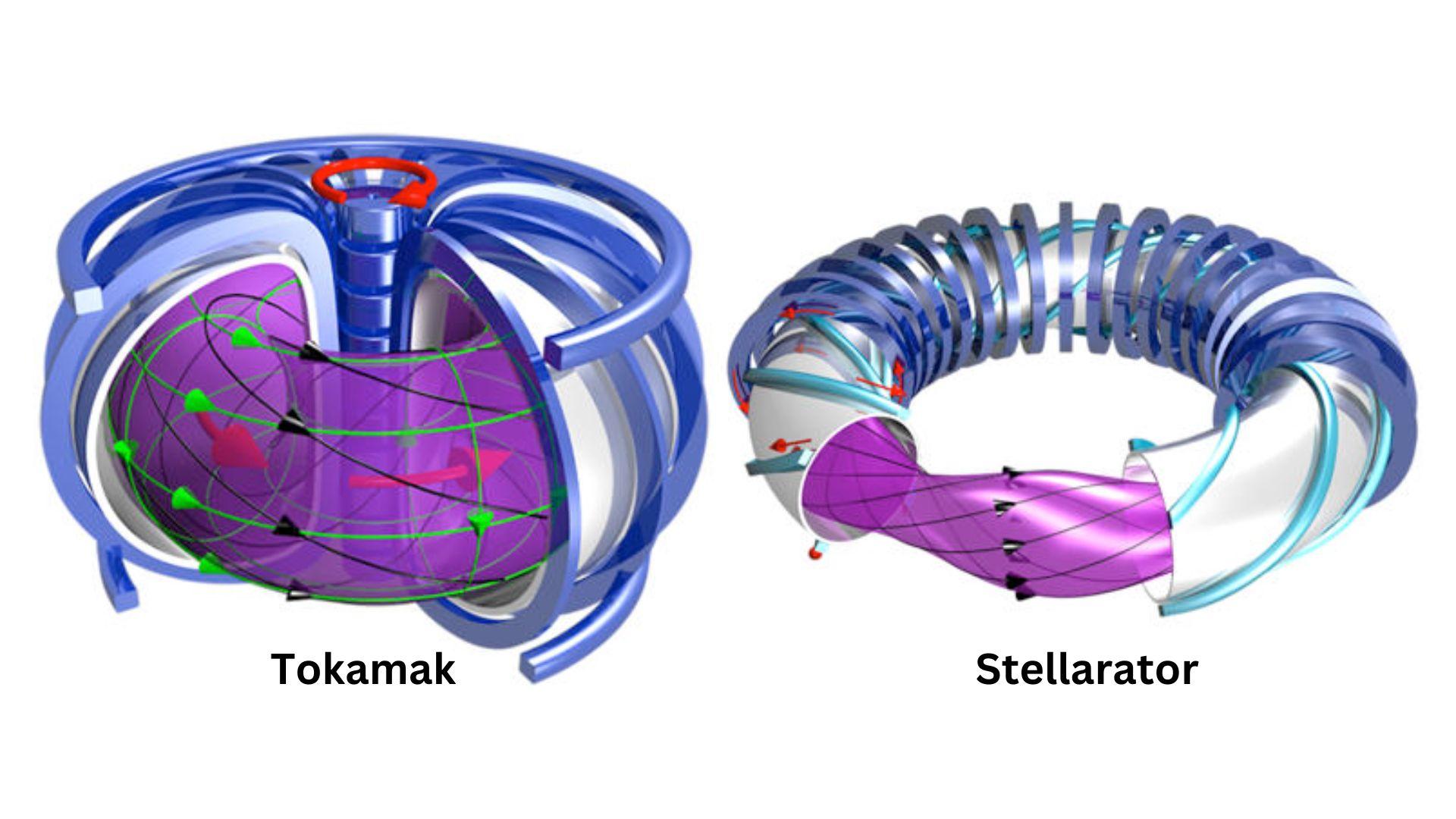
Nuclear fusion research relies on two types of devices: tokamaks and stellarators. These devices are designed to confine hot plasma and create the extreme conditions necessary for nuclear fusion reactions to occur.
By studying these reactions, scientists aim to gain deeper insights into the principles of nuclear fusion. Through their research, they hope to determine the precise conditions needed for the successful operation of a fusion power plant.
Tokamaks vs. Stellarators
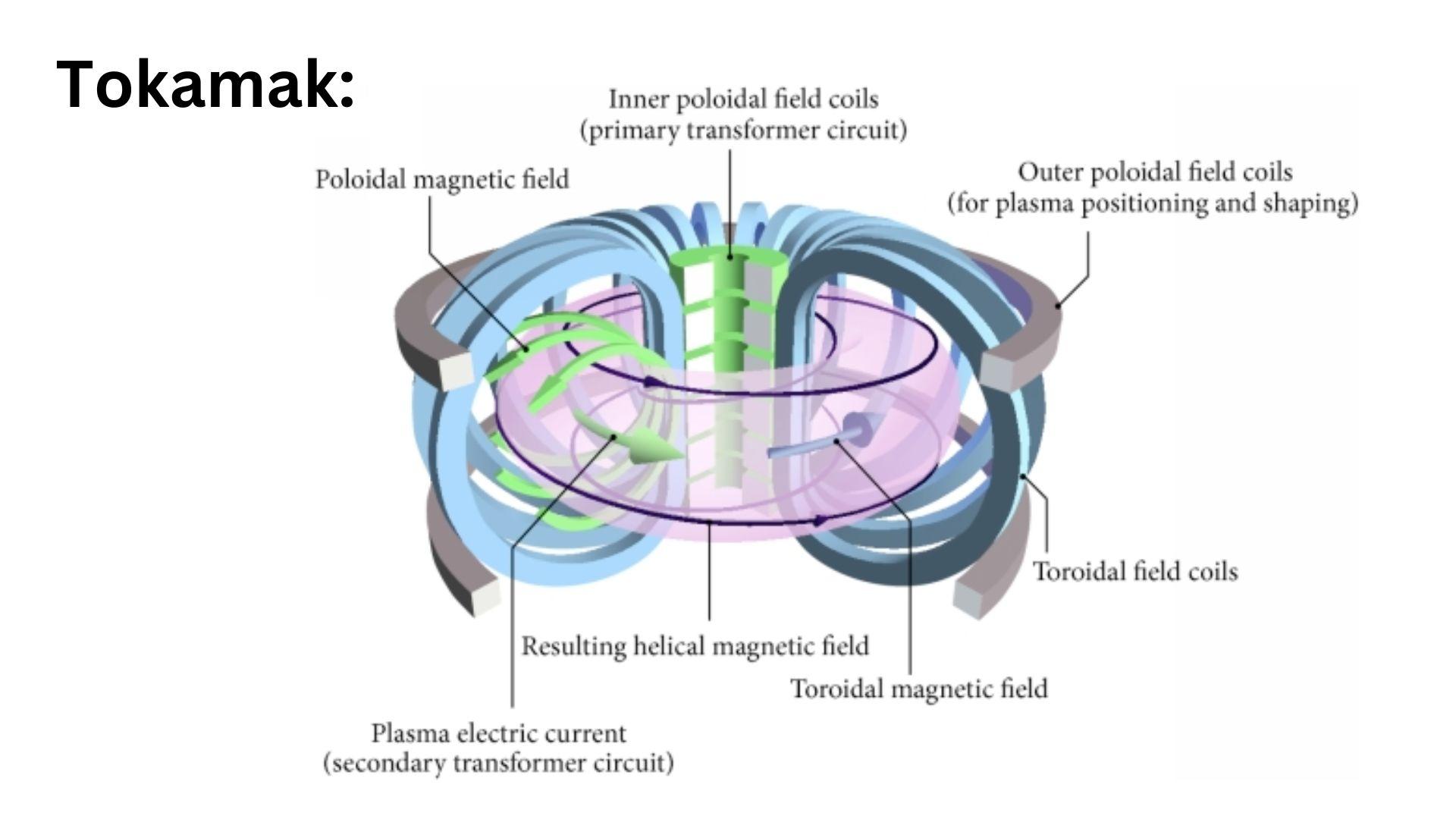
Both tokamaks and stellarators use magnetic fields to confine and manipulate plasma but they are not the same. Tokamaks are large, doughnut-shaped devices that use a toroidal magnetic field to control plasma. They are highly effective in managing plasma temperature.
On the other hand, Stellarators have a very complex design. They feature a series of intricate coils that wrap around the device’s toroidal chamber in a complex arrangement. These coils generate twisted magnetic fields that confine the plasma.
Close Relatives
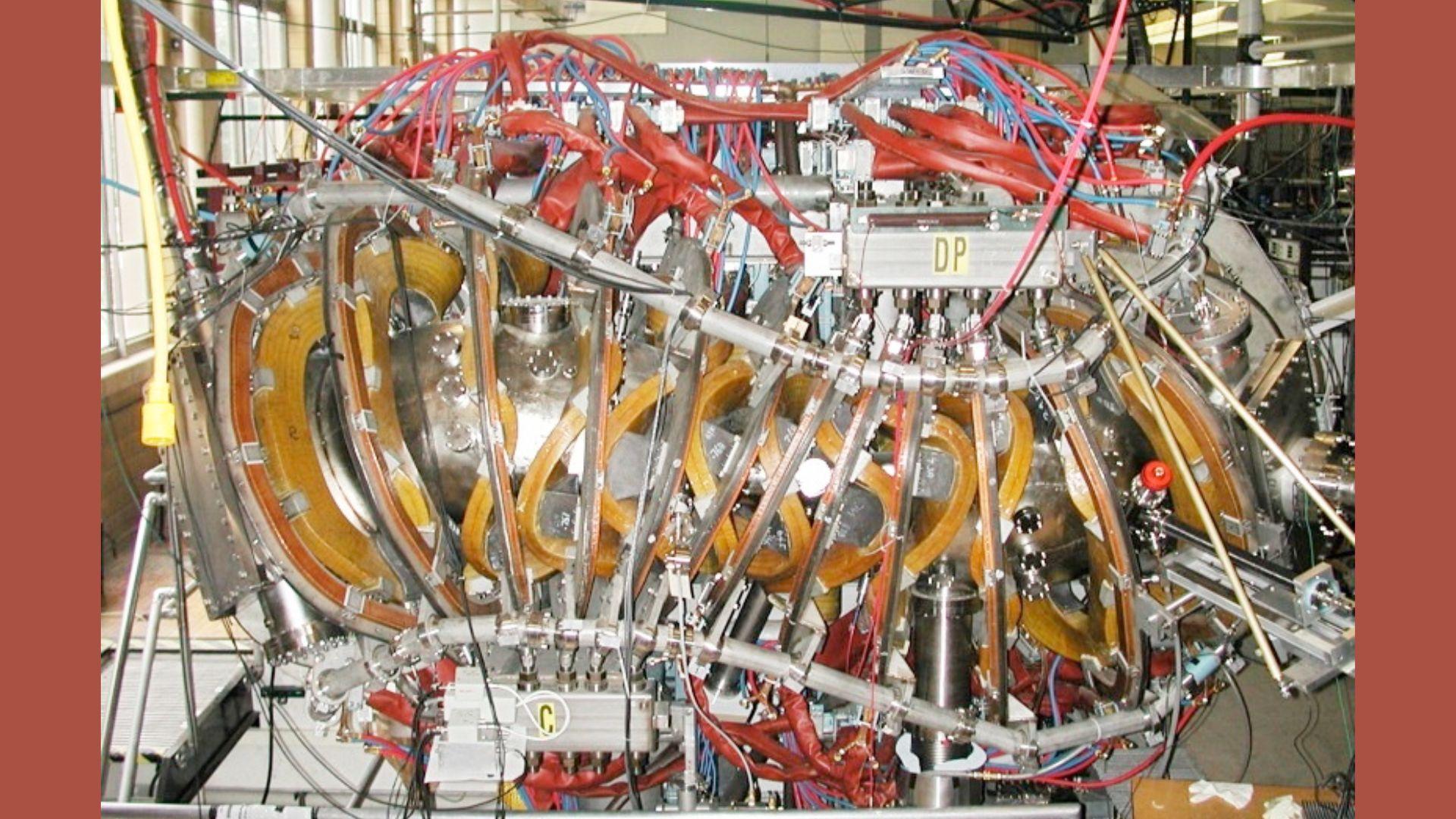
Compared to tokamaks, stellarators are far more difficult to construct and align. This is due to their complex geometry. However, tokamaks need a significant plasma current to generate a magnetic field; stellarators do not require this and are therefore more stable.
Felix Parra Diaz, the lead author of the paper, said that stellarators and tokamaks “are close relatives, with many aspects in common. Physics discoveries that benefit one are usually of interest to the other.”
Establishing a Stellarator Program
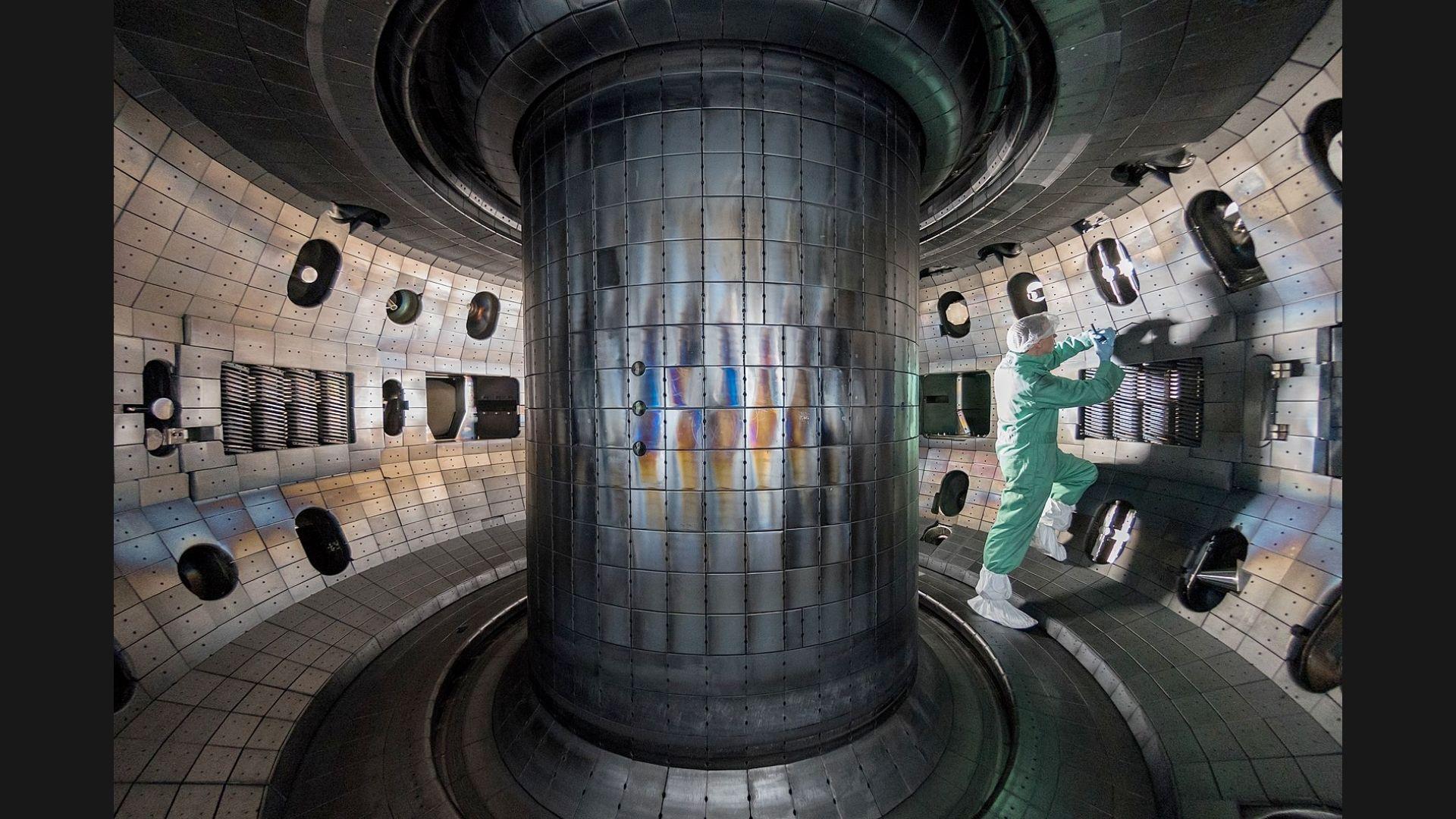
The US boasts several highly efficient tokamaks, including ones called DII-D and NSTX-U. However, to complement the progress achieved with these devices, the country also requires a versatile stellarator that can be adapted for various experimental configurations.
The study authors explained, “We must establish a persuasive stellarator program in parallel to the tokamak one…since the stellarator will prove to be a better path to a reactor if theoretical predictions are confirmed and novel optimization techniques and strategies work as desired.”
A Two-Stage Approach
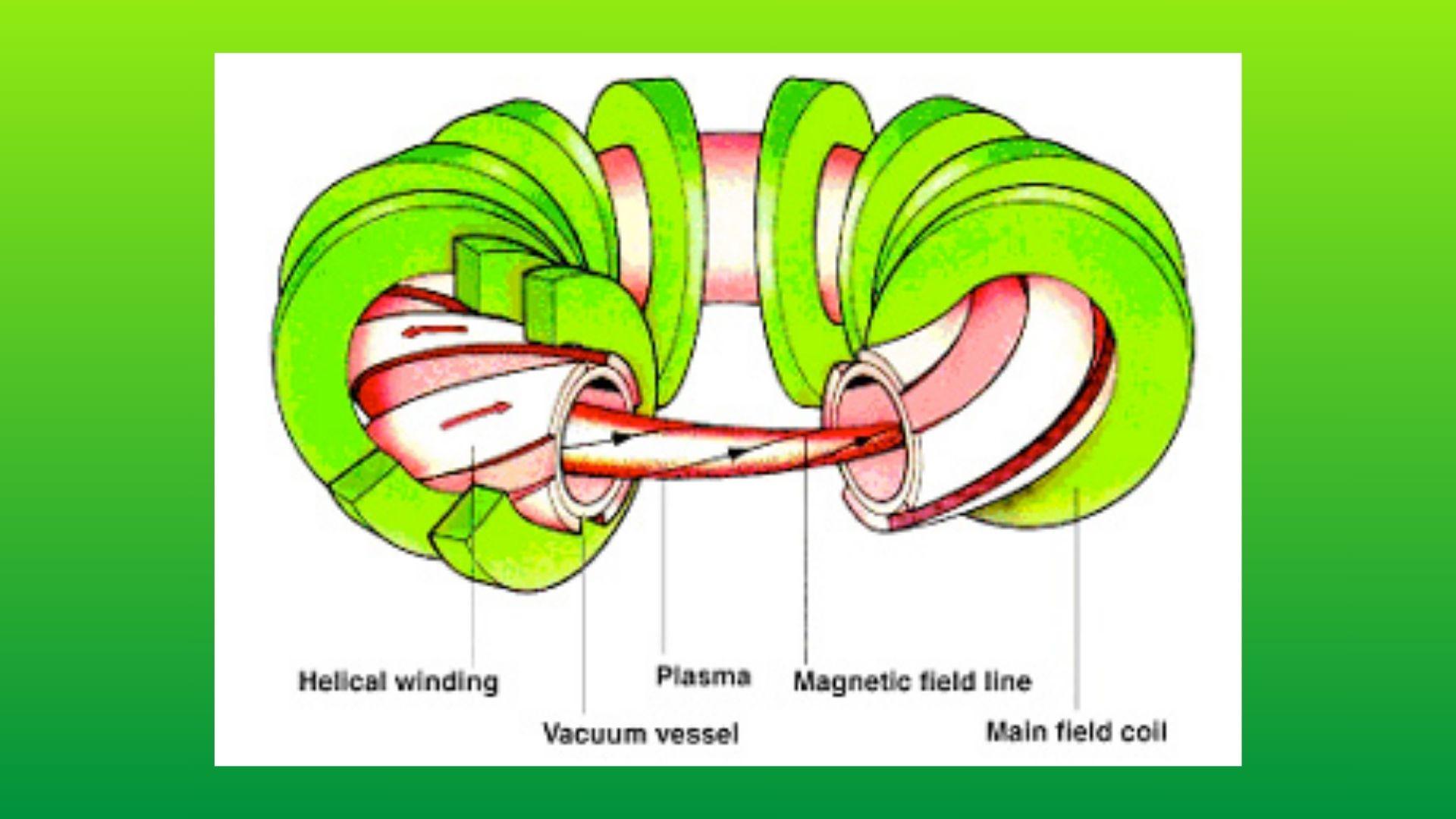
Additionally, the scientists proposed a two-stage strategy for developing the flexible stellarator facility. The first stage, titled the “Exploration” phase, will concentrate on identifying the magnetic configuration that minimizes turbulence and optimizes plasma confinement.
The second stage—or the “Exploitation” phase—will involve upgrading power and heat management systems based on the insights gained from the Exploration phase. These facility enhancements will be tailored based on the findings from the initial phase.
Designing Stellarators in the Future

With a facility to test their theories, the scientists hope that they could make stellarators more efficient so that they could be used in a widespread way in the US.
“If realized,” the authors of the studies said, “these advances will lead to cost-effective stellarator designs with confinement comparable to tokamaks but without the fundamental challenges of disruptions and current drive.”
Creating a Flexible Stellarator Facility
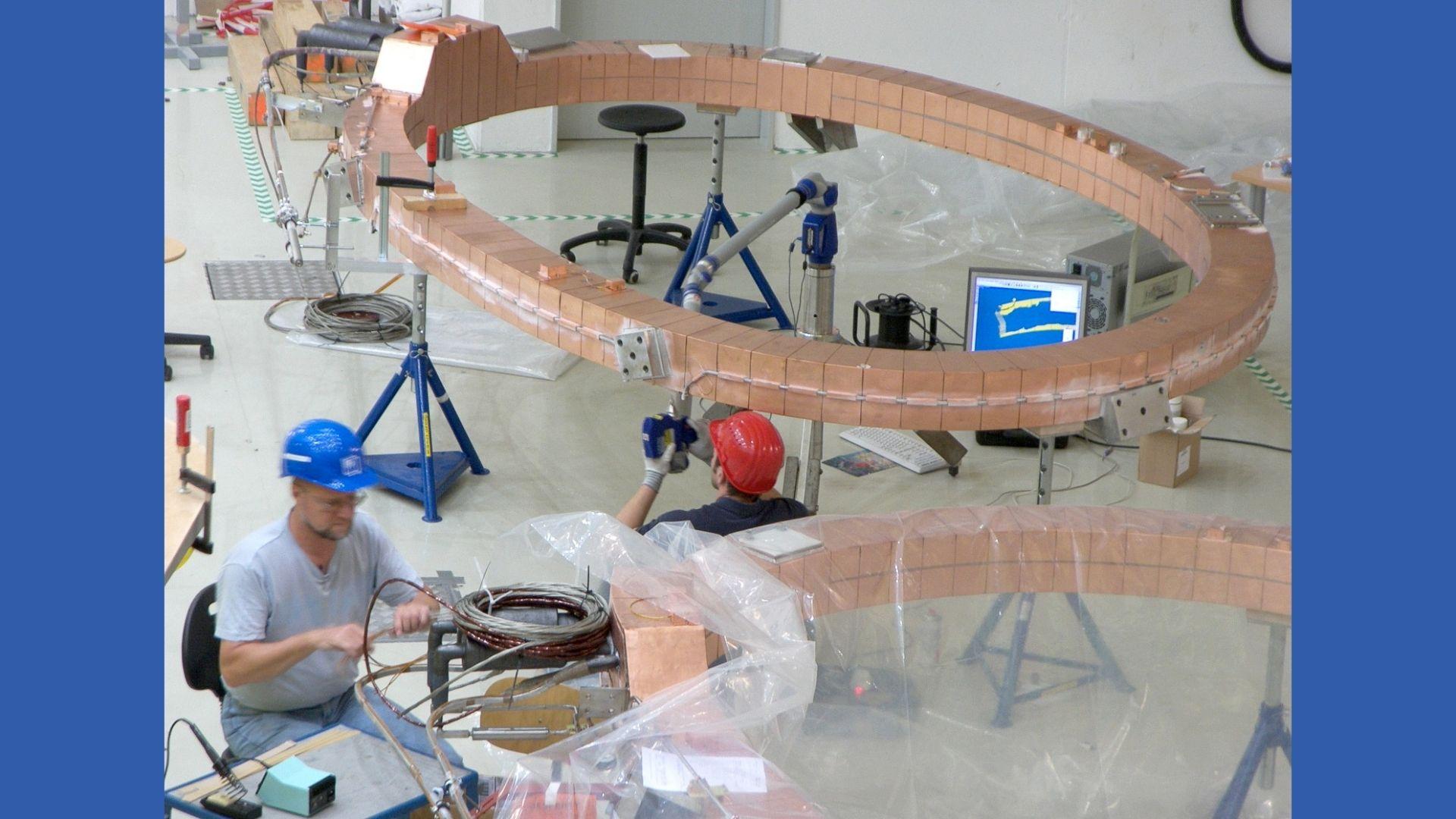
Unfortunately, a flexible stellarator facility is not something that you can create quickly. The researchers said that it would take at least six to nine years to complete construction on the facility and for it to become operational.
According to the study’s authors, China and Russia are actively advancing their own nuclear fusion technologies. The discoveries that scientists could make with a new stellarator facility could impact the world—or at the very least, the United States—greatly.
A Future of Fusion
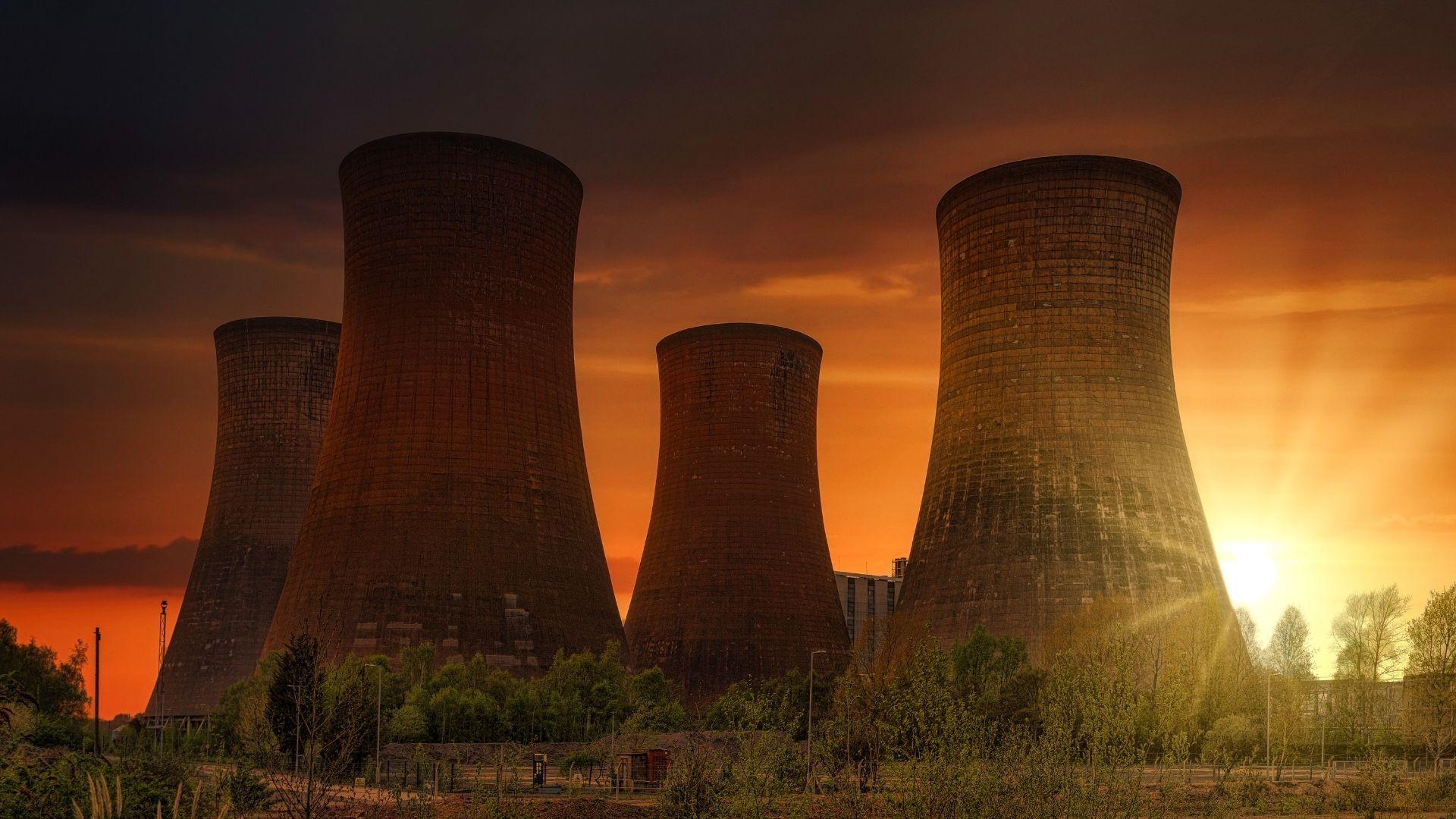
The scientists can only hope that officials will listen to their proposal and pleas and that they will be intellectually and financially supported in order to create their stellarator facility.
The study authors noted that, once active, such a facility “would provide our national fusion research program to leverage expertise across universities, national laboratories, and private industry, flexibility to pursue a broad research program, and a safe experimental access.”

